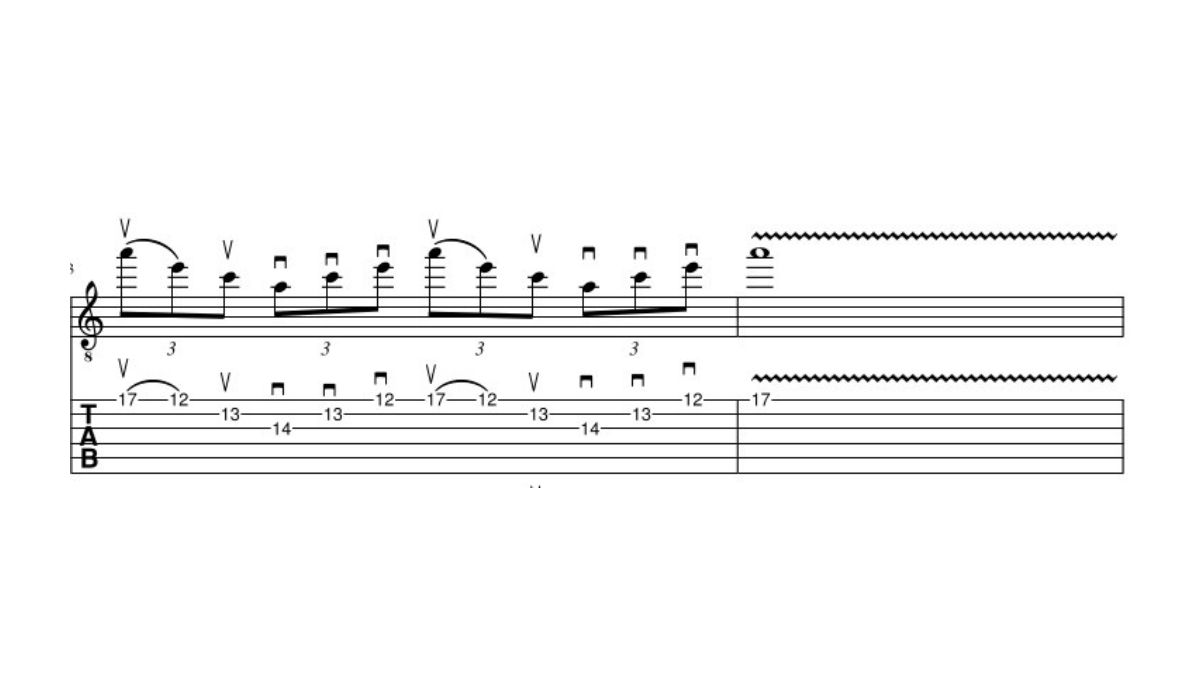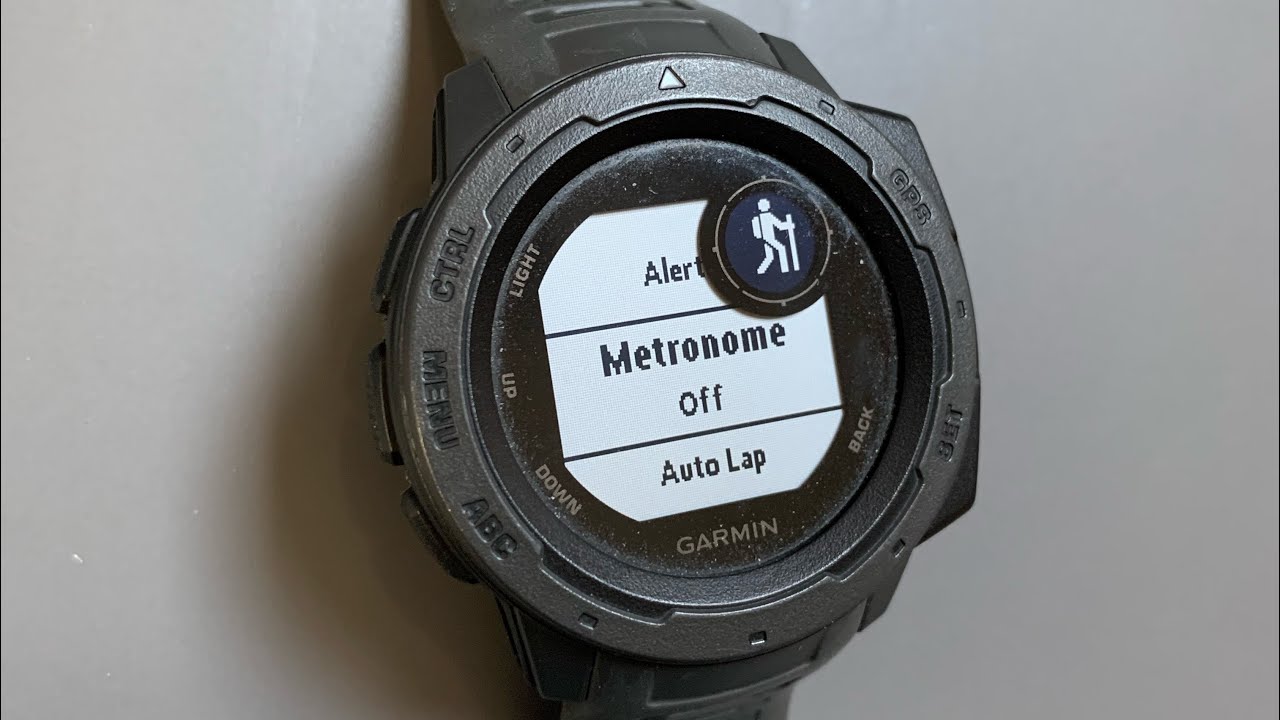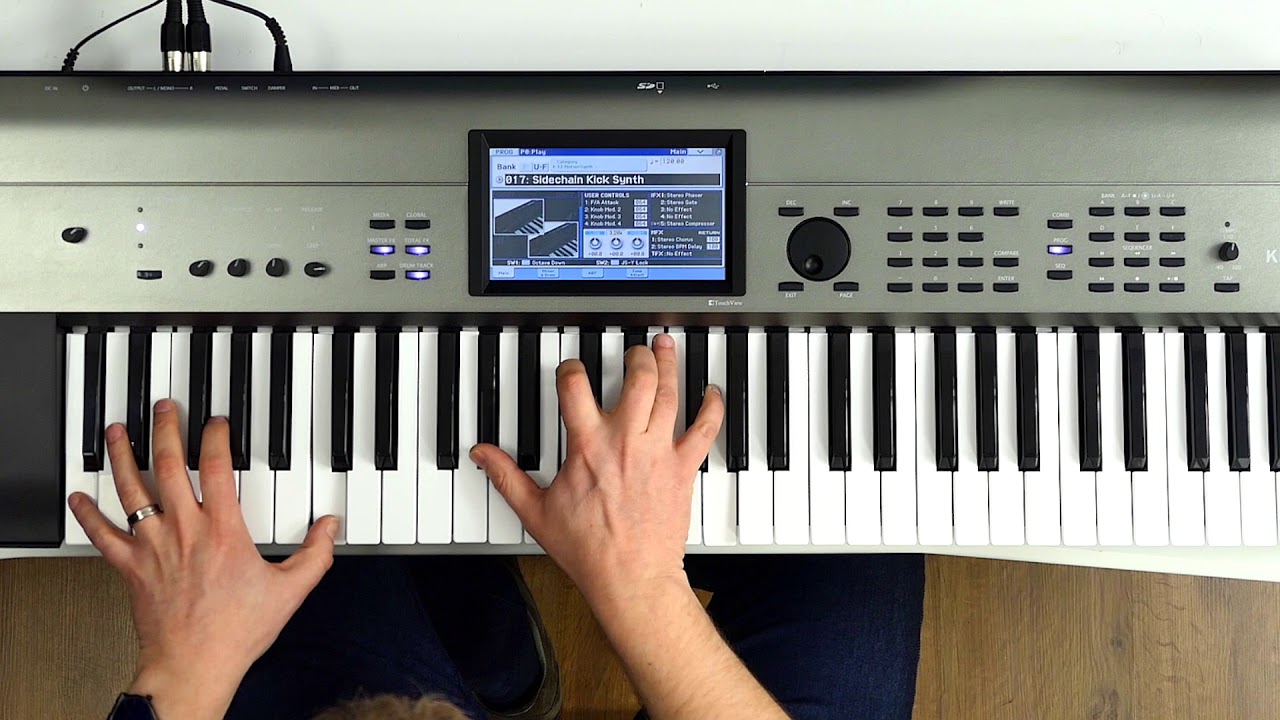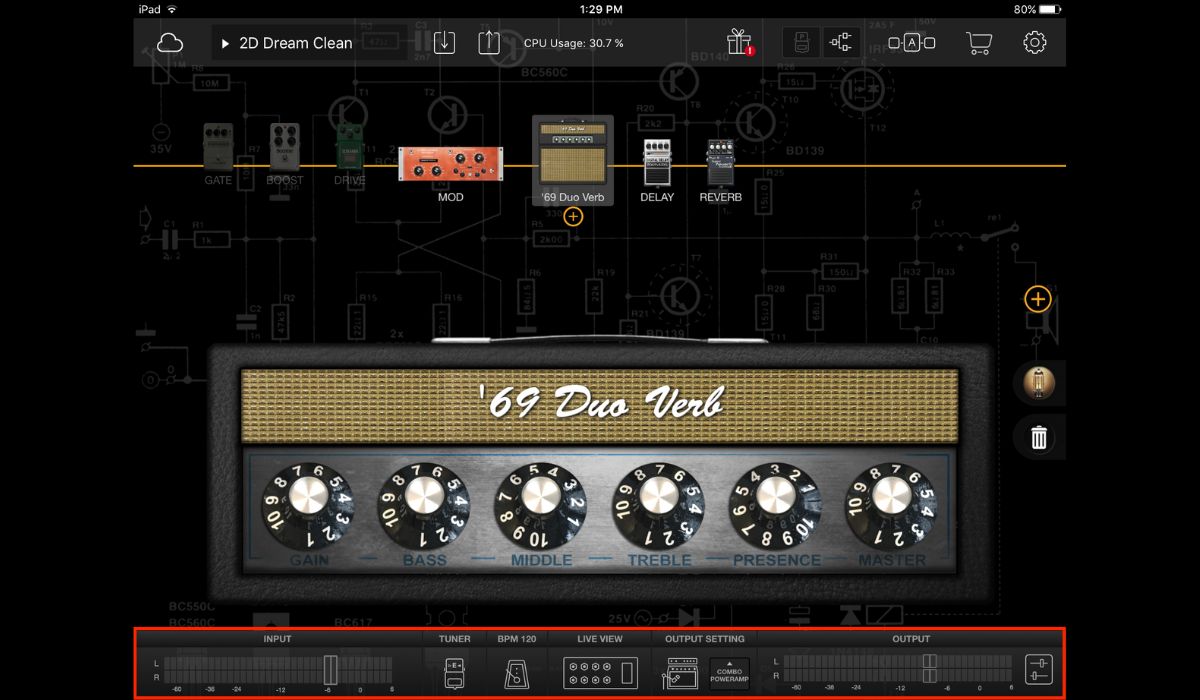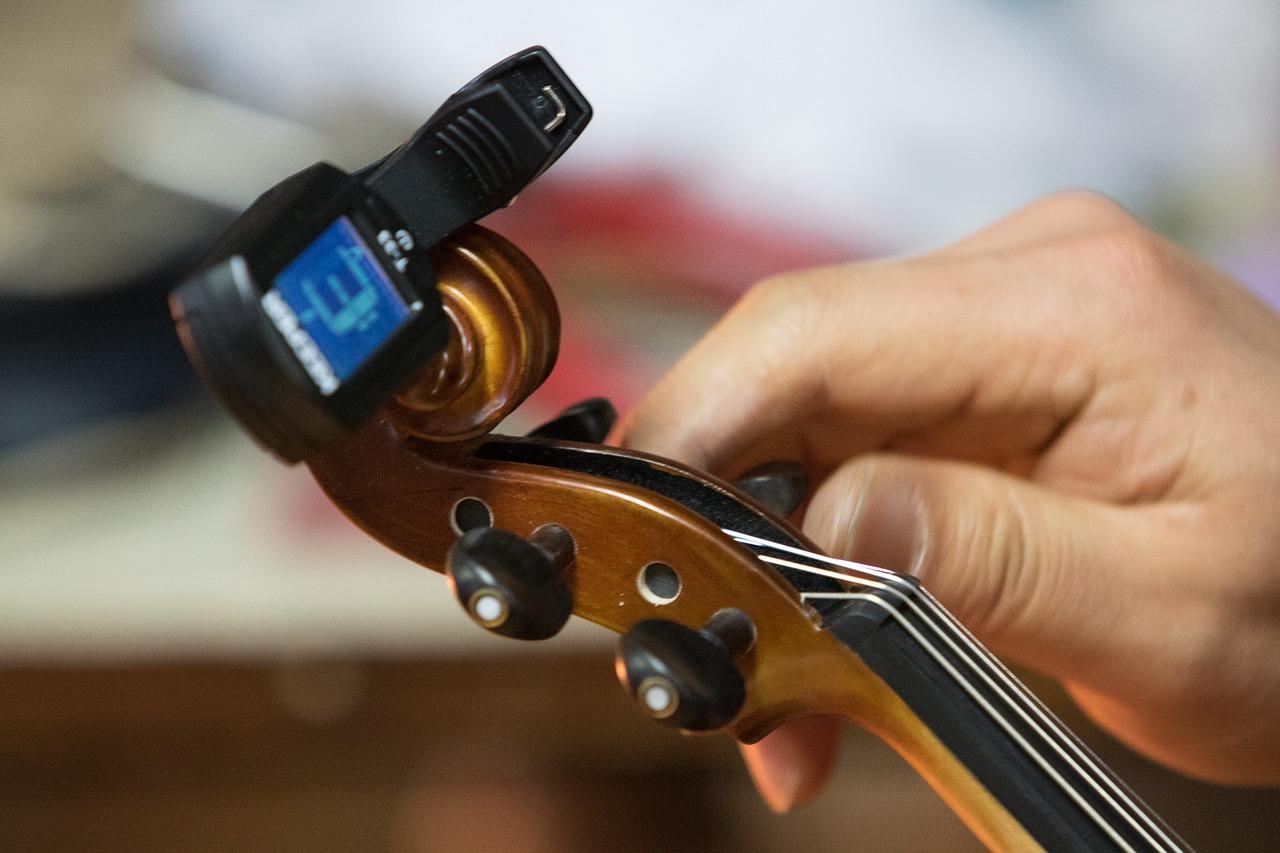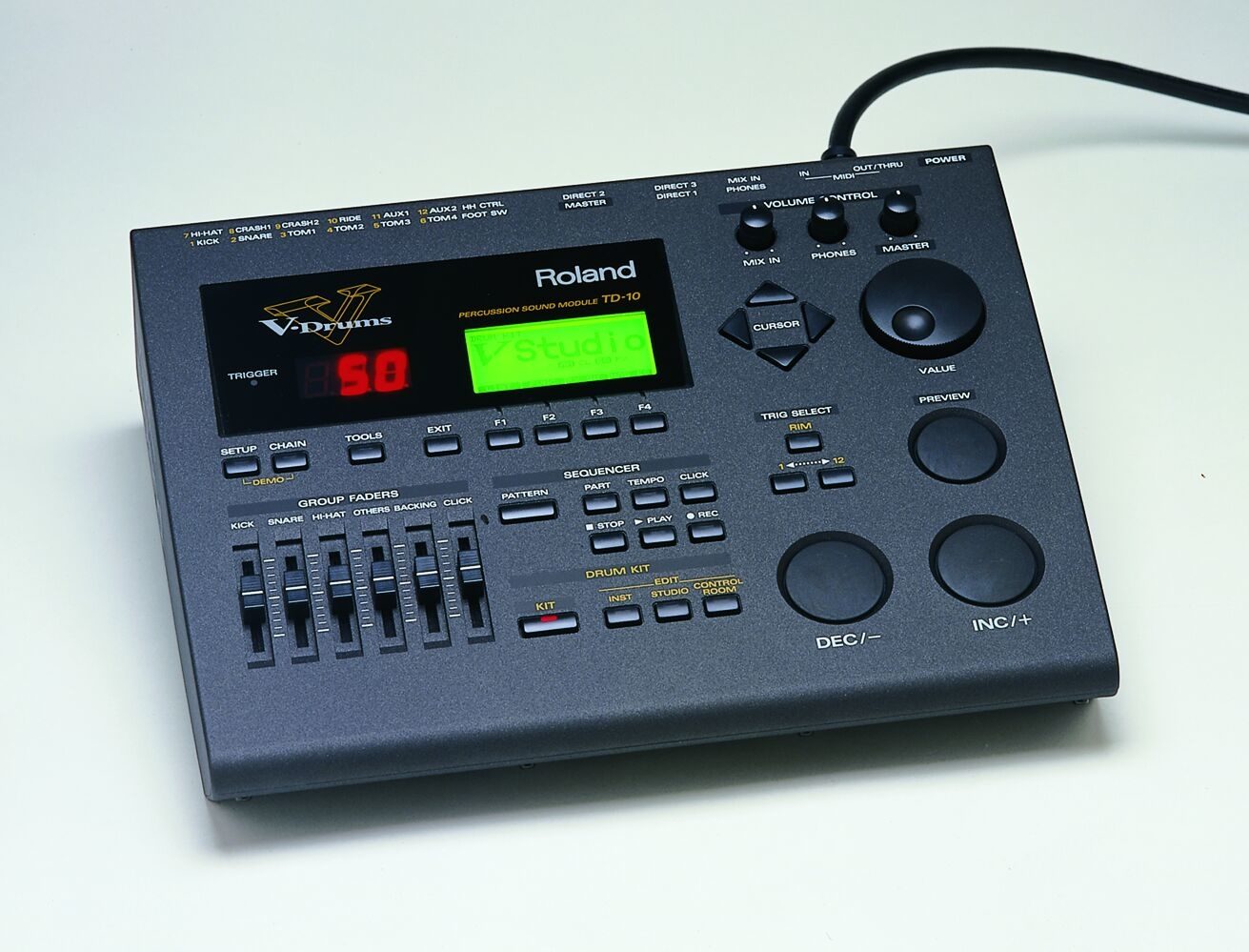Home>Production & Technology>Metronome>How To Use A Metronome For Exercise


Metronome
How To Use A Metronome For Exercise
Modified: January 22, 2024
Learn how to use a metronome for exercise and improve your rhythm and timing. Stay in sync with your beats and maximize your workout with the help of a metronome.
(Many of the links in this article redirect to a specific reviewed product. Your purchase of these products through affiliate links helps to generate commission for AudioLover.com, at no extra cost. Learn more)
Table of Contents
Introduction
Are you looking to improve your exercise routine and take it to the next level? If so, adding a metronome to your workouts can be a game-changer. A metronome is a device that produces a steady, rhythmic sound or clicks at a specific tempo. It is commonly used by musicians to maintain a consistent tempo while playing an instrument, but it can also be a valuable tool for exercise enthusiasts.
Using a metronome during your workouts can provide numerous benefits. It helps you maintain a consistent rhythm and pace, which can improve your overall performance and prevent you from overexerting or rushing through exercises. It also enhances your body awareness, helping you to synchronize your movements and maintain proper form. Additionally, using a metronome can make your workouts more challenging by adding an element of precision and control.
Before you start incorporating a metronome into your exercise routine, it’s important to choose the right one for your needs. Metronomes come in various forms, including traditional mechanical metronomes, digital metronomes, and metronome apps. Consider factors such as ease of use, sound quality, and the ability to adjust tempo and time signatures.
Once you have selected the right metronome, you need to set the tempo. The tempo refers to the speed of the beats per minute (BPM). It is crucial to choose a tempo that matches your fitness level and the specific exercise you are performing. Too fast of a tempo may lead to a rushed and sloppy execution, while too slow of a tempo may result in boredom and lack of challenge.
In this article, we will explore how to effectively use a metronome for exercise. We will discuss the benefits of using a metronome, how to choose the right one, setting the tempo, incorporating it into your routine, and provide examples of exercises that can be done with a metronome. We will also share some tips for maximizing the benefits of metronome training. So let’s dive in and discover how a simple metronome can revolutionize your workouts!
Benefits of using a metronome for exercise
Using a metronome during your exercise routine can offer a wide range of benefits, helping you improve your performance, stay motivated, and achieve your fitness goals. Here are some key advantages of incorporating a metronome into your workouts:
- Improved rhythm and pacing: A metronome provides a consistent beat, helping you maintain a steady rhythm and pace during your exercises. This can be especially useful for activities like running, cycling, or dancing, where timing and cadence are essential. By aligning your movements with the metronome clicks, you can develop better coordination and control.
- Enhanced body awareness: When exercising with a metronome, you become more attuned to your body and its movements. You develop a heightened sense of timing and synchronization, allowing you to make necessary adjustments to maintain proper form and technique. This increased body awareness can help prevent injuries and improve overall exercise efficiency.
- Increased focus and concentration: The rhythmic sound of a metronome acts as a consistent auditory cue that captivates your attention and helps you stay focused during your workout. It provides a structured environment that promotes mental engagement, reducing distractions and improving concentration. This enhanced focus can lead to more productive and efficient training sessions.
- Challenge and variety: Incorporating a metronome into your exercise routine adds a fun and challenging element. It pushes you to strive for precision and control as you match your movements to the rhythm. The metronome also introduces a sense of variety and unpredictability to your workouts, preventing boredom and monotony.
- Increased endurance and stamina: Training with a metronome can help improve endurance and stamina by regulating the pace and intensity of your exercises. As you consistently match your movements to the metronome’s beat, you gradually build up your endurance and are less likely to exhaust yourself too quickly. This can be particularly beneficial for activities that require sustained effort, such as long-distance running or high-intensity interval training.
- Progress tracking: Using a metronome allows you to track your progress over time. As you become more comfortable with a particular tempo, you can gradually increase the speed or challenge yourself with more complex exercises. This sense of progression and growth can boost your motivation and provide a sense of accomplishment.
Whether you are a beginner or an experienced athlete, using a metronome for exercise offers numerous advantages. It helps improve your rhythm, body awareness, focus, and endurance, while adding variety and challenge to your workouts. So why not give it a try and discover the transformative power of this simple yet effective tool?
Choosing the right metronome
When it comes to selecting the right metronome for your exercise routine, there are a few factors to consider. The right metronome can enhance your experience and make your workouts more effective. Here are some aspects to keep in mind when choosing a metronome:
- Type of metronome: There are various types of metronomes available, including traditional mechanical metronomes, digital metronomes, and metronome apps. Mechanical metronomes provide a classic and nostalgic feel, but digital metronomes or apps offer more versatility and functionality. Consider your preferences and needs when selecting the type of metronome that suits you best.
- Ease of use: Look for a metronome that is user-friendly and intuitive to operate. The controls should be easy to understand and adjust, allowing you to set the tempo and other settings effortlessly. A metronome with a clear display or interface makes it easier to monitor the tempo during your workout.
- Adjustable tempo range: Ensure that the metronome you choose has a wide range of adjustable tempos to accommodate different exercise routines. Ideally, it should cover a broad spectrum from slower tempos for strength training to faster tempos for cardio exercises.
- Sound quality: The quality of the metronome’s sound is crucial, as it will be the auditory cue guiding your exercise routine. Look for a metronome that produces clear, distinct sounds or clicks without distortion. Some metronomes even offer different sound options to suit your preferences.
- Time signature options: Consider whether you would benefit from a metronome that allows you to choose different time signatures. Certain exercises, such as dancing or martial arts, may require specific time signatures to match the rhythm and movements accurately.
- Portable and durable: If you plan on using your metronome while on the go or in different workout environments, opt for a portable and durable device. Look for one that is compact, lightweight, and built to withstand the rigors of regular use.
Additionally, you may also want to consider the price range that fits your budget and any additional features or functionalities that align with your specific exercise needs. Reading reviews and seeking recommendations from fellow fitness enthusiasts can help guide you towards a metronome that suits your requirements.
Remember, the goal is to choose a metronome that is easy to use, offers a range of tempos and time signatures, produces clear sounds, and fits your workout lifestyle. Selecting the right metronome will ensure that you have a reliable tool to accompany and enhance your exercise routine.
Setting the tempo
Setting the appropriate tempo is a critical step when using a metronome for exercise. The tempo refers to the speed at which the metronome clicks or produces beats per minute (BPM). Choosing the right tempo is essential to ensure that your movements align with the rhythm and that you can effectively execute your exercises. Here are some tips for setting the tempo:
- Consider your fitness level: The tempo you select should correspond to your current fitness level. If you are a beginner or just getting back into exercise, start with a slower tempo to allow time for proper form and technique. As you progress and become more comfortable, gradually increase the tempo to challenge yourself and improve your endurance.
- Adapt to the exercise: Different exercises and activities require varying tempos. For example, slower tempos may be suitable for strength training exercises that require controlled and deliberate movements, while faster tempos may be ideal for cardio workouts like running or jump roping. Adjust the tempo according to the pace of the exercise to maintain a consistent rhythm.
- Maintain a challenging yet sustainable tempo: It’s important to find a tempo that challenges you without compromising proper form and technique. If the tempo is too fast, you may sacrifice accuracy and risk injury. If it’s too slow, you might not experience the desired level of intensity. Find the sweet spot that pushes you to work harder but allows you to maintain control and execute each rep or movement effectively.
- Experiment and listen to your body: Don’t be afraid to experiment with different tempos and see how your body responds. Pay attention to how the tempo affects your breathing, heart rate, and overall comfort level during the exercise. If you find a tempo that feels right and allows you to flow smoothly with the metronome’s rhythm, stick with it and gradually adjust as you progress.
- Use tempo as a tool for progression: The beauty of using a metronome is that it provides a measurable way to track your progress and challenge yourself. Start with a comfortable tempo and incrementally increase it over time as your fitness level improves. This gradual progression will continuously push your limits and help you reach new milestones.
Remember, the tempo you choose should be suitable for your fitness level, specific exercise, and personal comfort. It may take some trial and error to find the perfect tempo, but with practice, you will develop a better sense of rhythm and synchronization with the metronome. Enjoy the process of finding your ideal tempo and let it drive your workouts to new heights.
Incorporating the metronome into your exercise routine
Now that you have chosen the right metronome and set the tempo, it’s time to incorporate it into your exercise routine. Here are some effective ways to make the most out of your metronome workouts:
- Warm-up with the metronome: Start your workout by using the metronome during your warm-up routine. This helps you synchronize your movements from the very beginning and prepares your body for the upcoming exercises. Perform dynamic stretches, mobility drills, or light cardio exercises in tune with the metronome’s beats.
- Match your movements to the beat: As you transition to your main workout, focus on matching your movements to the metronome beats. Whether it’s lifting weights, performing bodyweight exercises, or practicing yoga poses, strive to sync your actions with the rhythmic clicks. This enhances your body awareness and helps you maintain a steady rhythm throughout the workout.
- Challenge yourself with tempo variations: Once you feel comfortable with a particular tempo, consider gradually increasing the speed or experimenting with tempo variations. This adds an element of challenge and progression to your workouts. Push yourself to stay synchronized and maintain proper form even at higher tempos.
- Use metronome intervals: Another effective way to incorporate the metronome into your exercise routine is by using interval training. Alternate between periods of activity, where you match your movements with the metronome, and rest or recovery periods where you follow your natural breathing rhythm. This interval training technique adds intensity and variety to your workouts.
- Focus on specific exercises or movements: If you want to target specific exercises or movements, use the metronome as a tool to improve your execution. For example, if you’re working on push-ups, set the metronome to a slower tempo and focus on lowering and raising your body in sync with the clicks. This helps you develop control, proper form, and muscle engagement.
- Combine the metronome with music: If you enjoy working out to music, you can combine the metronome with your favorite workout playlist. Set the metronome to match the rhythm of the music or use it to create a steady beat. This dual auditory experience can enhance your motivation and rhythm even further.
- Listen to your body: While the metronome provides a structured framework for your workout, it’s important to listen to your body and make adjustments as needed. If the metronome tempo feels too challenging or causes discomfort, slow down or take a break. The goal is to find a balance between pushing yourself and honoring your body’s limitations.
Incorporating the metronome into your exercise routine adds a new dimension to your workouts. It improves your rhythm, challenges your coordination, and helps you stay focused and engaged. By matching your movements to the metronome beats, you develop a sense of flow and precision. So get ready to unleash the power of the metronome and take your exercise routine to new heights!
Exercises to do with a metronome
There are countless exercises that can be enhanced with the use of a metronome. Whether you’re into strength training, cardiovascular workouts, or flexibility exercises, the metronome can help you stay on track and improve your performance. Here are some exercises that you can incorporate into your routine:
- Running or jogging: Set the metronome to a tempo that matches your desired running pace. Use the clicks as a guide to maintain a consistent stride and avoid rushing. This can help improve your running efficiency and prevent you from starting too fast and burning out quickly.
- Strength training: Use the metronome during strength training exercises like squats, lunges, or deadlifts. Time your movements to the clicks to ensure proper form and controlled execution. This not only enhances your rhythm but also helps you focus on the mind-muscle connection and engage the targeted muscles effectively.
- Jump rope: Jumping rope with a metronome can help you improve your timing and coordination. Set the metronome to a consistent tempo and aim to match your jumps with each click. This not only adds a fun and rhythmic element to your cardio workout but also improves your agility and footwork.
- Dancing: Whether you’re practicing a choreographed routine or freestyling, the metronome can be a valuable tool for dancers. Set the metronome to the desired tempo and use it to guide your movements and maintain a consistent rhythm. This can aid in learning new steps, refining your timing, and enhancing your overall dance performance.
- Yoga or Pilates: Flow through your yoga or Pilates routine with the help of a metronome. Set the tempo to a comfortable pace and use the clicks to control your transition from one pose to another. This can deepen your focus, improve your body awareness, and encourage a smooth and controlled practice.
- Boxing or martial arts: Whether you’re hitting a punching bag or practicing martial arts techniques, the metronome can assist in maintaining a steady and controlled pace. Set the tempo according to the rhythm of your strikes and use the clicks to time your movements. This helps improve your precision, speed, and accuracy.
- Stretching or flexibility exercises: When performing stretching or flexibility exercises, the metronome can help you hold each position for a specific duration. Set the tempo to a slower beat and synchronize your movements with the clicks. This ensures that you are stretching effectively and staying in each position for the desired length of time.
These are just a few examples of exercises that can be enhanced with the use of a metronome. Remember to choose a tempo that matches the specific exercise and your fitness level. As you get more comfortable, feel free to experiment with different tempos and even create your own metronome-guided exercise routines. The possibilities are endless, and the metronome can add a whole new level of precision, rhythm, and effectiveness to your workouts.
Tips for effective metronome use
To make the most out of your metronome workouts, consider the following tips for effective usage:
- Start slow and gradually build up: If you are new to using a metronome, begin with a comfortable tempo and gradually increase the speed as you become more comfortable. This allows you to develop proper synchronization without feeling overwhelmed.
- Focus on precision and control: Use the metronome as a guide to maintain steady and precise movements. Avoid rushing through exercises and prioritize proper form, even at faster tempos. Quality over quantity is key.
- Experiment with different time signatures: Some metronomes offer the option to change time signatures. Explore different time signatures to add variety and challenge to your workouts. This can be especially beneficial for exercises that require specific rhythmic patterns.
- Combine metronome training with other training methods: While the metronome is a valuable tool, it’s important to mix up your training. Incorporate the metronome into your workouts along with other training methods, such as interval training or strength training, to create a well-rounded routine.
- Use headphones or a metronome app: If you prefer a more immersive experience, consider using headphones or a metronome app that allows you to connect your device to external speakers. This can provide a clearer and more distinct sound, making it easier to follow the beat.
- Practice mindfulness and body awareness: As you exercise with the metronome, focus on being present in the moment. Pay attention to how your body moves in harmony with the clicks, enhancing your body awareness and mindfulness during each repetition or movement.
- Vary the tempo for different exercises: Different exercises may require different tempos. For strength training exercises, you might need a slower tempo to maintain control. For cardio activities, a faster tempo may be more suitable. Adapt the metronome tempo based on the exercise you are performing.
- Stay consistent and committed: Incorporating a metronome into your exercise routine takes practice and consistency. Make it a habit to use the metronome regularly, as it will help you develop a sense of timing and improve your overall performance.
- Enjoy the process: Using a metronome can be a fun and rewarding experience. Embrace the rhythmic aspect of your workouts, challenge yourself, and appreciate the improvement in your coordination, precision, and overall fitness.
Remember, the metronome is a tool to enhance your workouts, but it’s important to find a balance between following the clicks and listening to your body. It should guide your movements, but not restrict your natural flow or limit your potential. Experiment with different techniques, be open to adapting your routine, and enjoy the benefits that the metronome brings to your exercise journey.
Conclusion
Incorporating a metronome into your exercise routine can bring significant improvements to your performance, focus, and overall fitness journey. Whether you’re a beginner or an experienced athlete, the benefits of using a metronome are undeniable.
From improving your rhythm and pacing to enhancing body awareness and concentration, the metronome acts as a reliable guide during your workouts. It helps you stay consistent, challenge yourself, and make measurable progress over time.
When choosing a metronome, consider factors like ease of use, adjustable tempo range, sound quality, and portability. Find a metronome that fits your preferences and workout needs, ensuring a seamless and enjoyable experience.
Setting the tempo is crucial, and it should be tailored to your fitness level, specific exercises, and personal comfort. Gradually increase the tempo as you progress and adjust it according to the pace of the activity at hand.
Incorporating the metronome into your exercise routine is as simple as matching your movements to the beat. Whether you’re running, strength training, dancing, or practicing yoga, the metronome’s clicks will help you stay in rhythm and maintain control.
Remember to explore various exercises that can benefit from the metronome, such as running, strength training, jump rope, and boxing. The metronome adds a new level of precision and challenge to your workouts, making them more engaging and effective.
To make the most out of your metronome workouts, consider important tips such as starting slow, focusing on precision and control, experimenting with different time signatures, and using headphones or a metronome app for a clearer sound.
In conclusion, incorporating a metronome into your exercise routine can revolutionize the way you train and enhance your overall performance. It helps you develop a sense of rhythm, coordination, and focus, leading to improved results and a more enjoyable workout experience. So, grab a metronome, set the tempo, and let the rhythmic beats guide you to fitness success!

